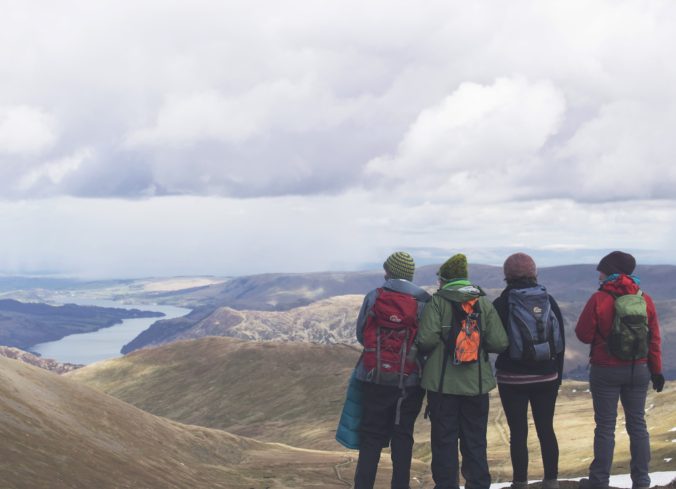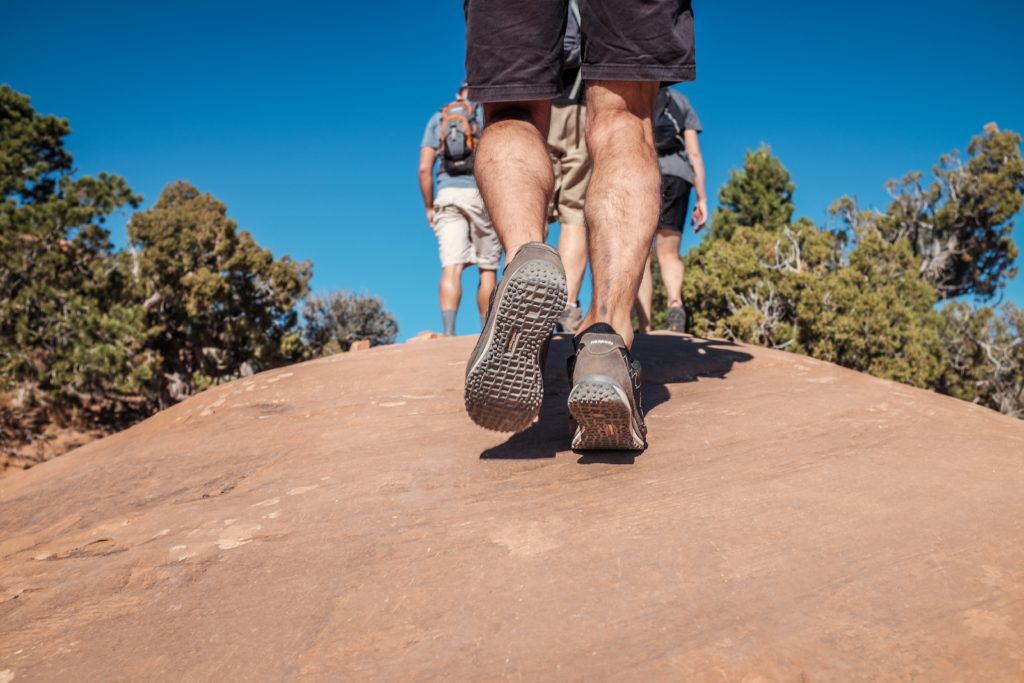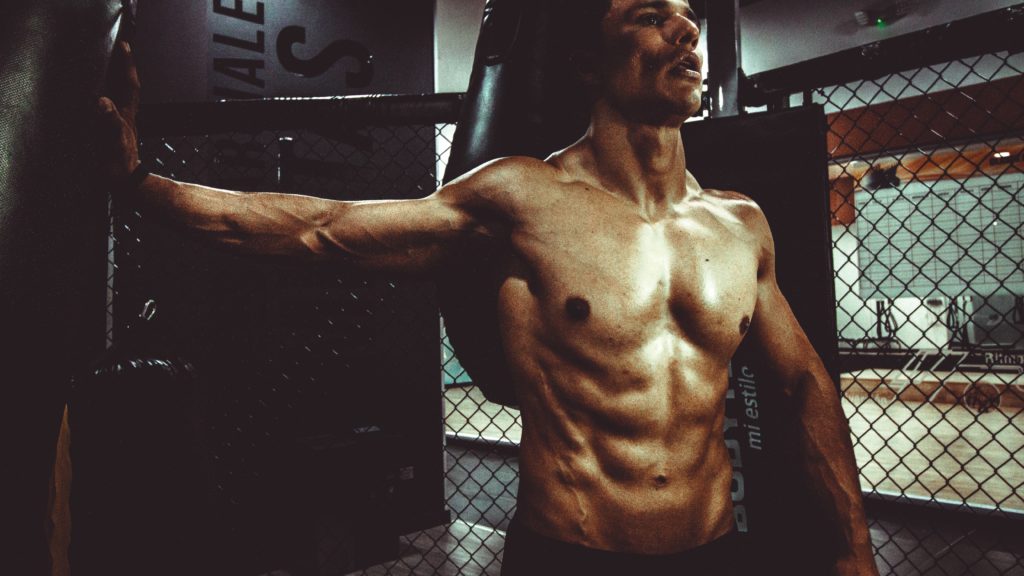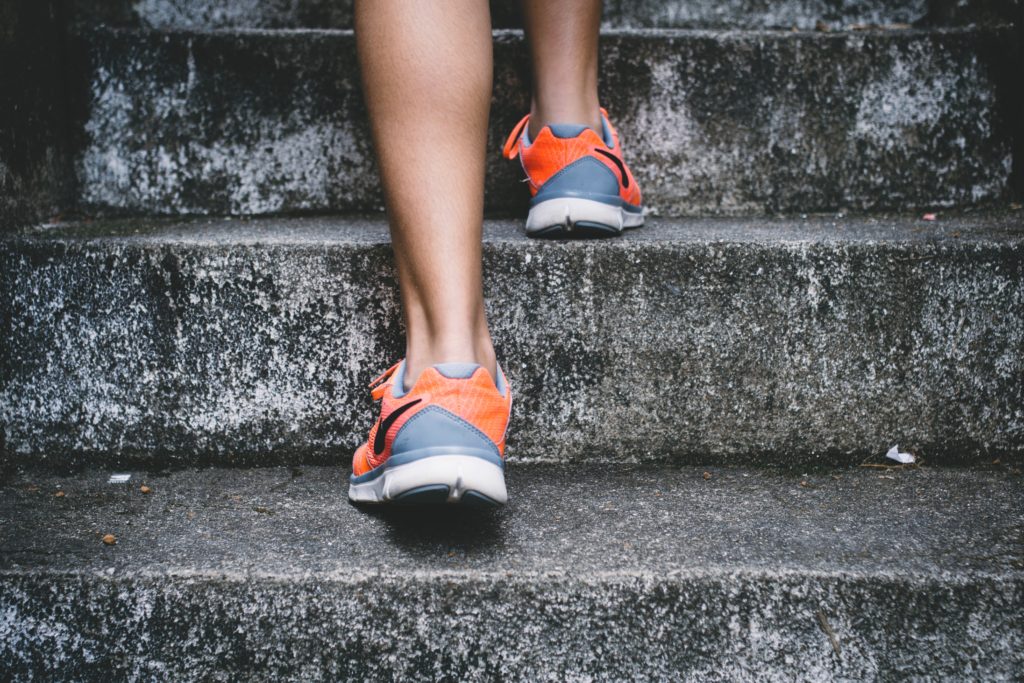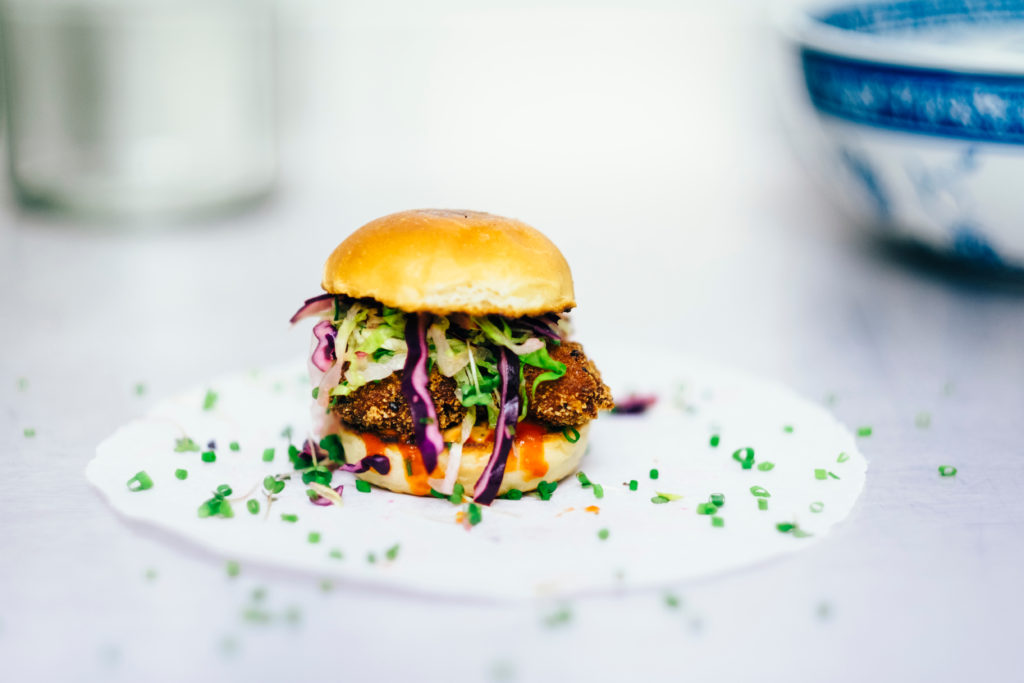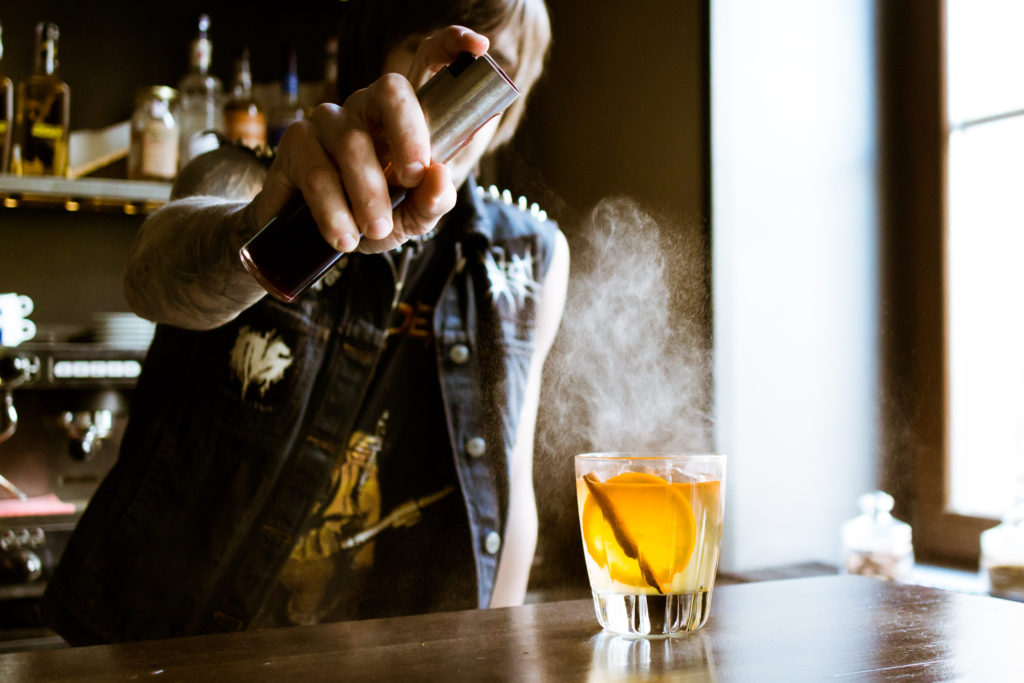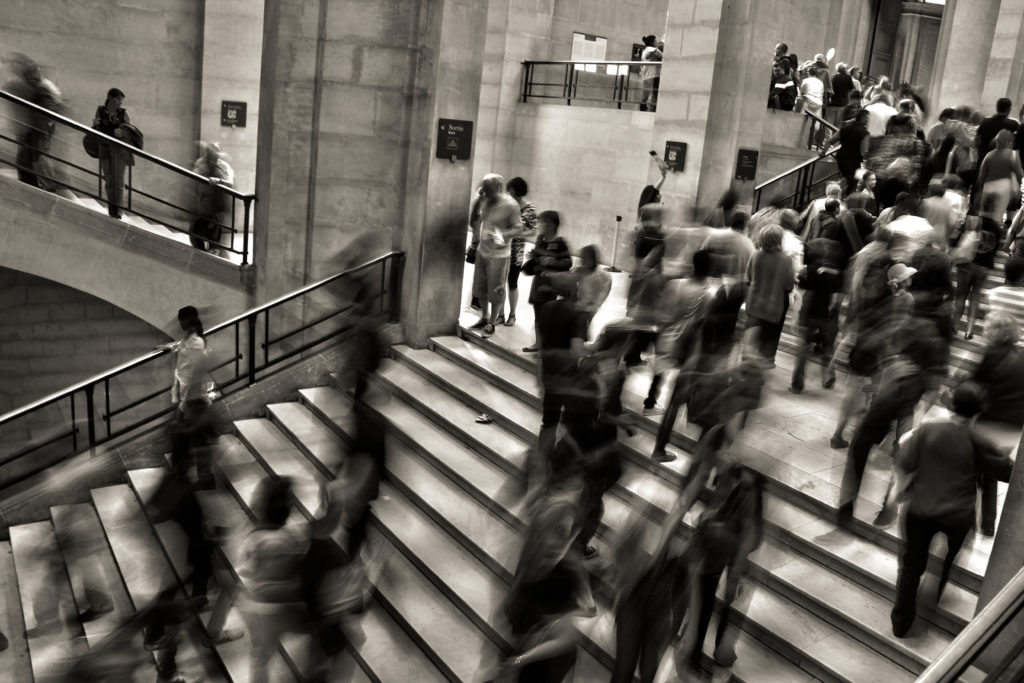Has your New Years Resolution fallen by the way side?? Is your gym membership gathering dust, your language text book becoming a door stop or maybe even your goal of hiking in wales has turned into a 'hike' to the shops...
If so continue reading below to get the rest of your 2017 back on track by reading below on how to set goals that you can achieve and smash the rest of 2017!
This is your framework for setting up a goal, this is called SMART and can broken down into….
S - Specific - make you goal precise
M- Measurable - make it easy to track progress
A- Attainable- Make it a challenge but don't go too far with it
R-Relevant - Will it help what you want to achieve?
T- Time - Deadlines help get you into action
Take a minute to right yours down on a piece of paper, maybe a few times as it may take a while to get your goal down to a tee!
Now you’ve laid out the framework for your goal you want to break your goal down to a microscopic level…..
For a 1 year goal you want to break it down into 6 months, 3 months, 1 month, 2 weeks, 1 week and daily goals.
It sounds like a lot of work however when broken down to a daily level it makes everything much more manageable and gives you little goals which over time snowball into your weekly goal, fortnightly goal and so on so forth.
To help get yourself organised break everything you do down into significant pieces, sort them by components, sequences and priorities
You have this big collection of ideas from your brainstorming/planning session. The first thing to do is to simply go through them and pull out the significant ones. You’re looking for the essential pieces that will take you from A to B. You can be quite broad in this step.
Once you have the Significant pieces, you’re going to order them. A lot of the time some steps rely on other steps to be accomplished first, so they should be put into the obvious order. When you make your list leave big gaps between each one, there is always things you then add to it.
Finally, add in details until the steps are comfortable for you. For me, “comfortable” means “small enough that they can be done in reasonable chunks, like an hour or two.” If a remaining piece is too big for me to accomplish in that short of a timeframe, I keep breaking it down into smaller details.
- Plan Plan Plan and Plan some more!
Try and make some sort of timetable of your daily life, break all your daily habits down to try and eliminate all the unnecessary ‘white noise’ e.g. spending 5 minutes when your alarm goes off browsing Instagram or 20 minutes watching clips from Love Island on facebook… when people say ‘they haven’t got time’ it means what they havn’t got time for isn’t a priority for them.
- Don't put things off
When you start thinking ‘I can skip today, it won’t matter’. DON’T. A 6 month goal is completed by REPEATING the basics daily
- Make it enjoyable
If you don’t enjoy it, you won’t do it. There is more than one way of doing something. E.g. if you don’t like running on your own, find a running club.
- Broadcast
Put your goals up on social media and posting your daily or weekly progress- This is key in keeping yourself accountable!
- Rewards
Set small rewards e.g. when you meet a monthly goal- this little incentive can give you the extra incentive to push and motivate you!
- Make the goal BIG
then if you fail to reach the Big goal you’ve more than likely done pretty well!
- Determination
One of the most common characteristics of people that constantly achieve their goals is that they are determined and relentless. When the going gets tough, grit your teeth and remember why you started your goal in the first place.
So there you have it, get your 2017 back on track!!
If you've liked this post on goal setting please subscribe to get more regular updates, share and comment.
